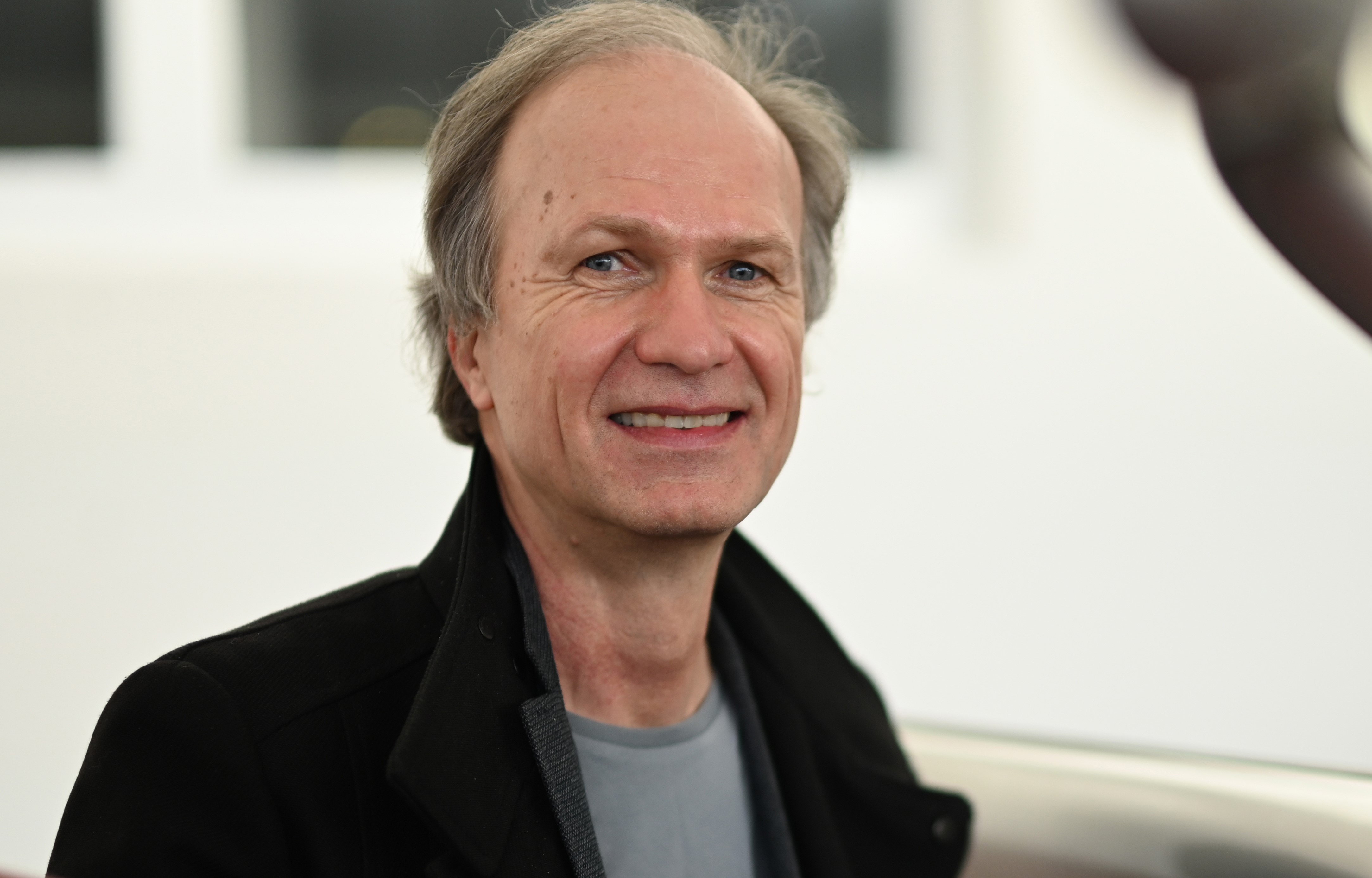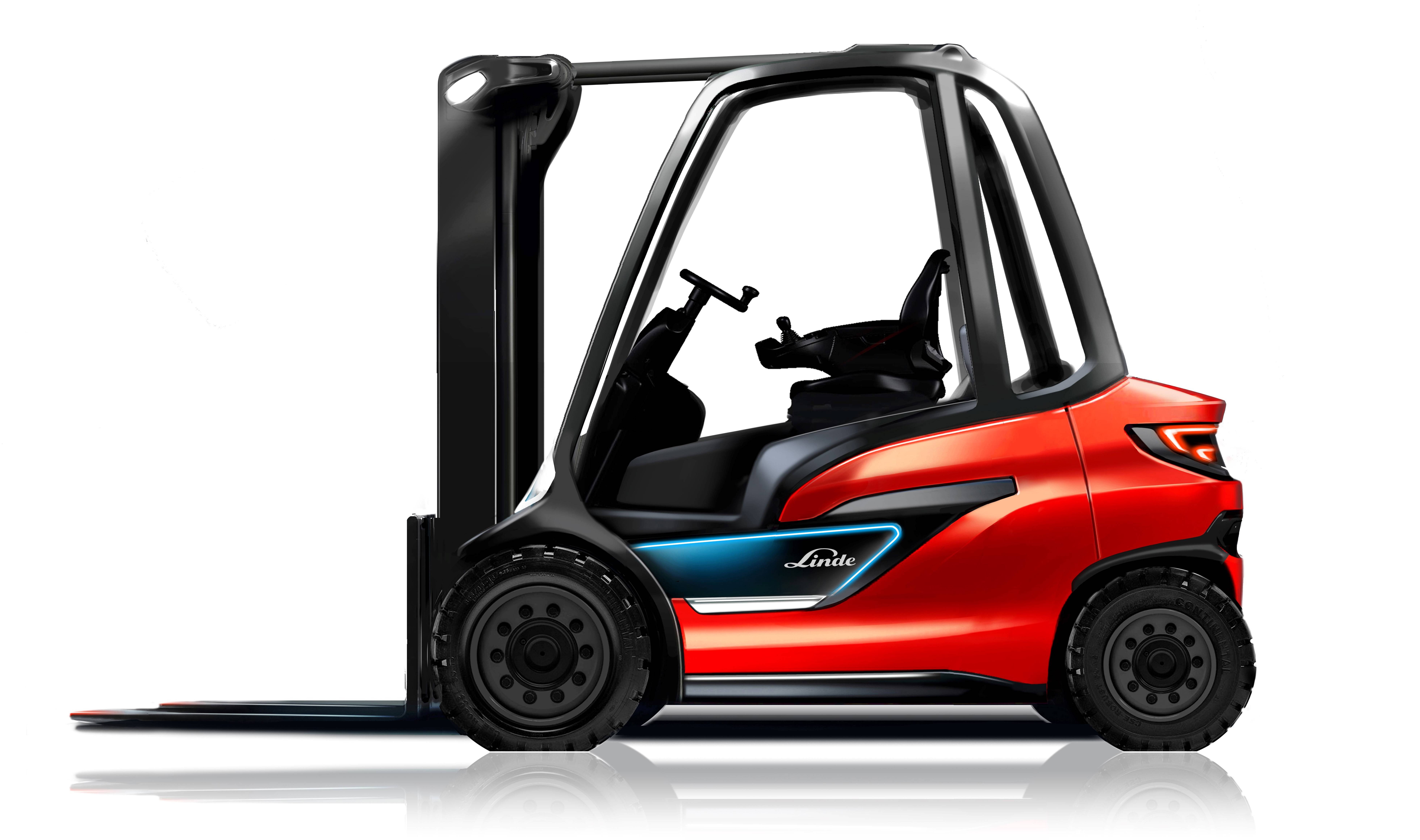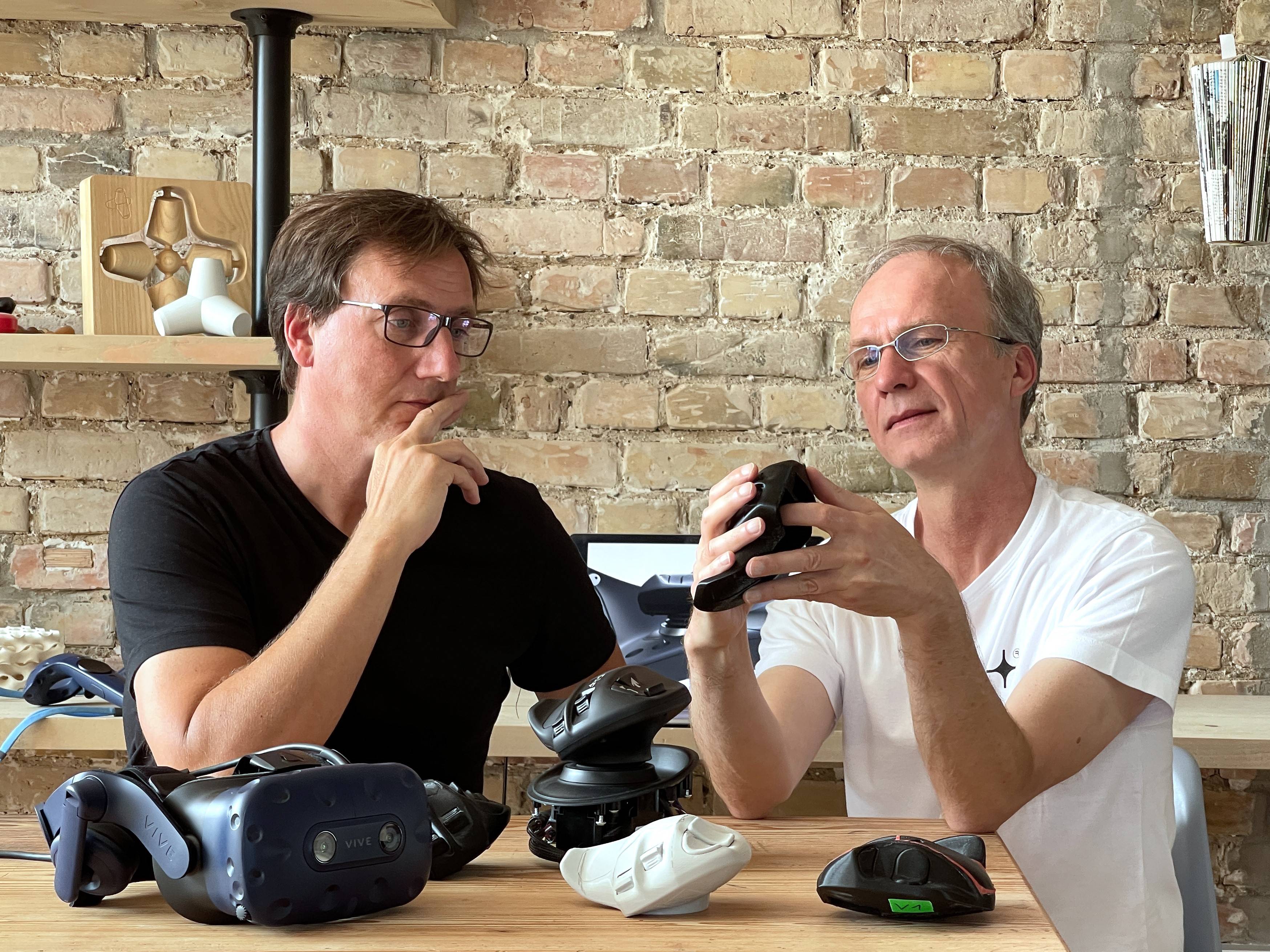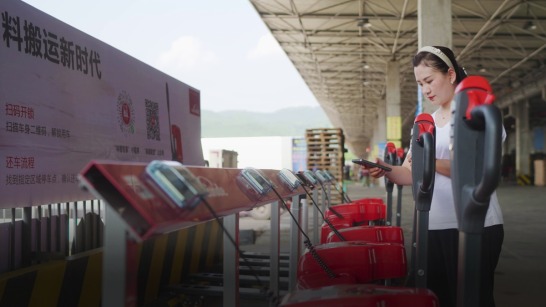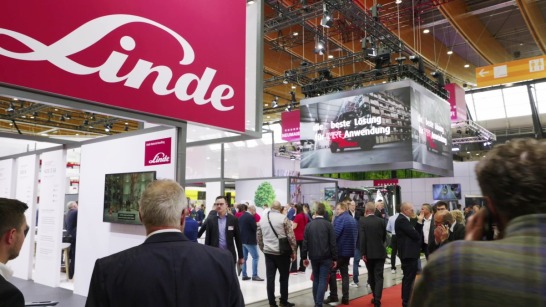Good design is often about recognizability. Do Linde trucks have that ONE design element that makes them stand out from the others?
I remember exactly when the Linde 351 came onto the market in 1985. That was the first truck that Porsche Customer Development designed for Linde. It took pride of place in the departure hall at Frankfurt Airport, where Jaguars and Porsches are now on display. I was yet to start working for Porsche at the time, but for me this truck, with its decoupled cab, made an impressive statement. The 351 became the iconic forklift truck and altered the course of the entire industrial truck industry. Like the 351, we still have a very emotional and dynamic design today. Of course, we are trying to evolve the style of the truck and have gradually added additional design elements to achieve the iconic look that Linde’s trucks are known for today. One of these is the “shark fin,” i.e. the gray fin-shaped section on the side of the truck, which features the Linde logo and the model of the truck. The original idea for this “shark fin” was to visually break up the side of the forklift, which is very high and bulky on some trucks. So, instead of just having one huge expanse of red, you can vary the proportions more effectively and emphasize the brand name at the same time. Another example is the three-dimensionality in the side panels and the counterbalance, which allows us to use our expertise in automotive design to give the trucks greater visual value and agility. The slanted rear double columns, which are essential for the construction of Linde’s signature overhead tilt cylinders, also convey a sense of dynamism and safety.
Porsche Engineering has been working with Linde MH for decades. How have the tasks and processes changed over the years?
Essentially, the projects and expectations are becoming more and more demanding. This is because we are having to integrate more and more components into the forklifts and make room for more overlaps between the model series, but without increasing the size of the trucks. Due to modern processes, the work is nowadays simultaneous and we constantly exchange CAD data with the design department, where previously a physical model was first built and then the constructive implementation took place. The materials and manufacturing processes for forklifts have not fundamentally changed, but they are being constantly re-aligned and optimized. The electronics and digitalization primarily affect the driver’s workspace and enable us to integrate different operating concepts, assistance systems and information content. In the past, Porsche Engineering has carried out ergonomic studies for various projects, which gave rise to the so-called ‘ergonomic triangle’. This is Linde’s vision of what defines the ideal seat and driving position. Little by little, new innovations have been added that require a lot of detailed work, such as the “Linde Load Control” joystick operation. This is integrated into the armrest on the right-hand side and has been copied many times. As the latest alternative to the conventional operating unit, we have designed the multifunction lever, which was developed as a collaboration between Linde, the Fraunhofer Institute and Porsche Engineering. Despite its name, this feature acts less like a lever and more like a computer mouse.
_image_546x307.jpg)
